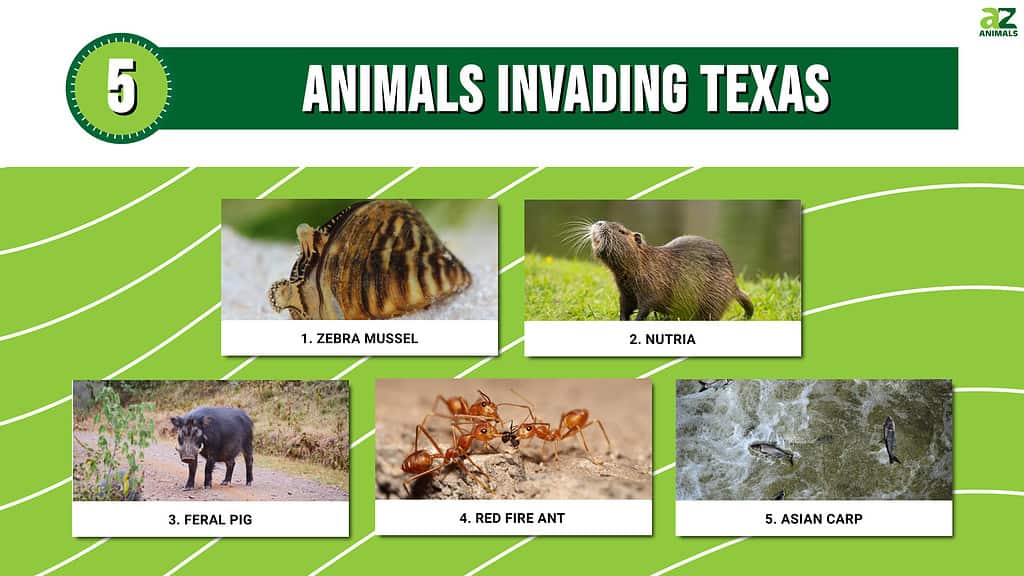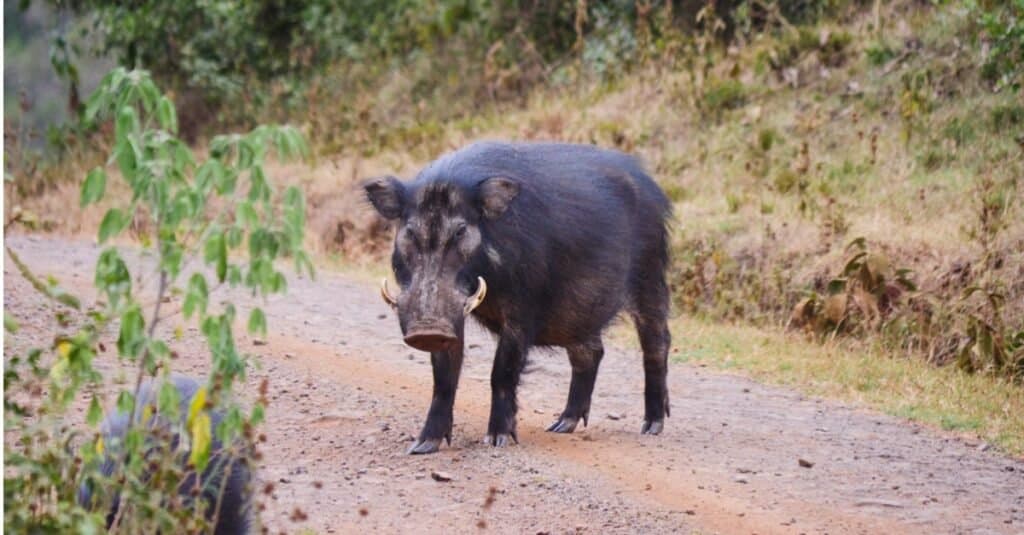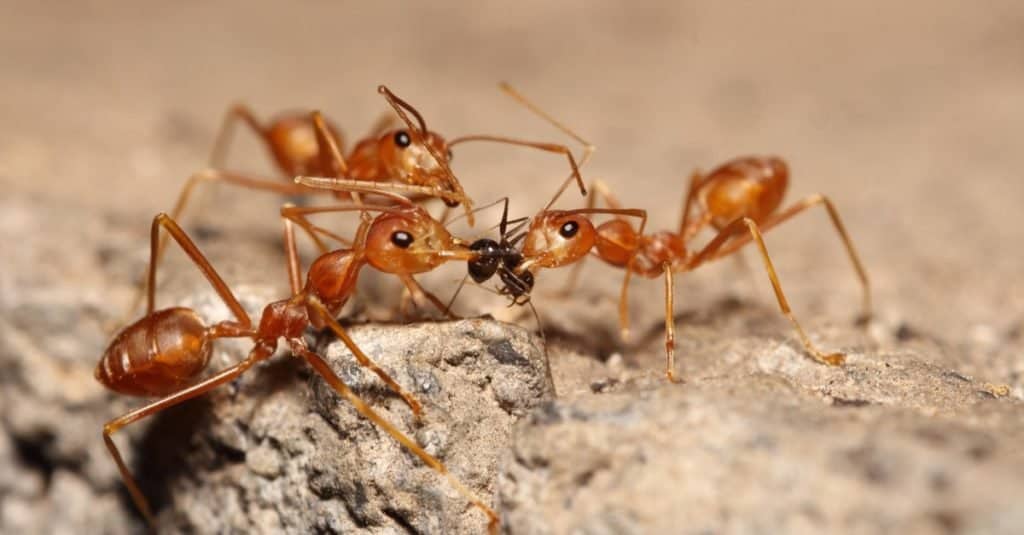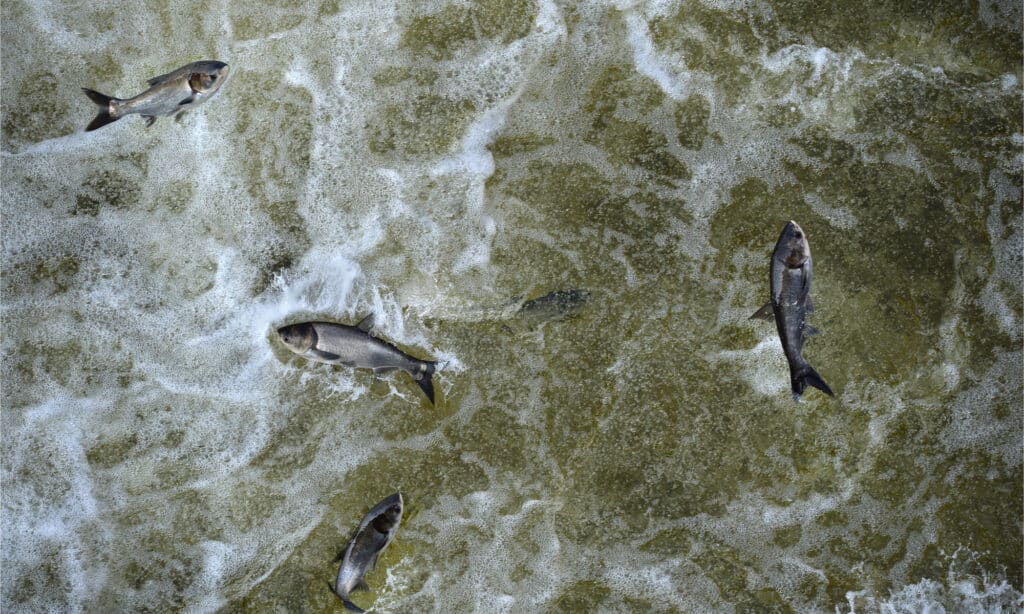Having the highest number of birds and reptiles and the second-highest number of plants and mammals in the United States, Texas is considered one of the most ecologically diverse states. Most of the Texas landscape and its ecoregions provide essential habitats for various fish, birds, invertebrates, and mammal species. Texas has over 600 bird species, 184 land and marine mammals, and 29,000 insect species. Among these numbers, 800 of them are what we call invasive species.

Invasive species are living organisms (animals, plants, fungi, or bacteria) that are not native to an environment in a particular area and can cause ecological and economic harm. They can cause damage to agricultural, ecological, and economic aspects and are sometimes considered a threat as they continue to wreak havoc in a specific location.
To be considered invasive, a species must be able to adapt quickly to a new area and double its population in the blink of an eye by reproducing rapidly. They are also considered invasive if they harm some properties, the economy, or other species that are native to the area.
Today, we’ll learn about Texas’s five most invasive species and how they pose a threat to the state in their ways.
1. Zebra Mussels

Zebra mussels spread and cause harm by attaching themselves to natural or artificial substrates.
©iStock.com/VitalisG
| Zebra Mussels | Detail |
|---|---|
| Scientific name | Dreissena polymorpha |
| Diet | Plankton, water debris |
| Habitat | Freshwater rivers, lakes, and streams |
Zebra mussels are a type of invasive species that are originally native to the Black Sea and the Caspian Sea in Europe and were unintentionally brought to America through the discharging of contaminated ballast water from cargo ships. Female zebra mussels can produce 100,000 to 500,000 eggs per year, so they have spread rapidly since then. They spread and cause harm by attaching themselves to natural or artificial substrates like rocks, wood, plants, docks, pipes, swim rafts, debris, watercraft, or even native mussels. Once they’ve attached themselves to one or more of the mentioned substrates, they’re permanently secured in their places.
These quick-breeding mollusks have also threatened several lakes and rivers in Texas by over-absorbing an essential food source for many aquatic species, which is called phytoplankton. A concerning decline in fish, birds and native mussel species has been happening as they have been devouring phytoplankton way beyond their limits. It will keep happening if nothing is done to eliminate these water pests.
2. Nutrias

Nutrias are known for their destructive burrowing behaviors.
©Barbora Polivkova/Shutterstock.com
| Nutria | Detail |
|---|---|
| Scientific name | Myocastor coypus |
| Diet | Roots, rhizomes, marsh plants, and any vegetation that grows near aquatic regions |
| Habitat | Freshwater marshes and wetlands |
These semi-aquatic exotic rodents were native to South America and were introduced through the fur industry to the United States between 1899 and 1930. Since then, the Nutria has posed significant risks to agriculture and the environment by eating crops and polluting canals where aquatic vegetation can be found.
Nutrias are also known for their destructive burrowing behaviors, as they live in burrows or nests adjacent to water sources that supply nearby vegetation. They have eroded thousands of acres of marshlands and floodplains by feeding on planted seedlings and saplings. Nutrias may also reproduce swiftly, with females having two to three litters of five to seven young ones per year. They mature quickly, which is why large nutria populations are becoming problematic, since they eat more aquatic plants and vegetation, posing major agricultural and economic hazards.
3. Feral Pigs

Feral pigs attack other species such as deer and turkeys to compete for resources such as food.
©iStock.com/chingkai huang
| Feral Pigs | Detail |
|---|---|
| Scientific name | Sus scrofa |
| Diet | Grass, tubers, roots, berries, worms |
| Habitat | Deciduous broad-leaf forests |
Feral pigs, also known as wild boars, are considered environmental agricultural pests. Aside from the fact that they carry and spread foreign animal diseases like African Swine Fever, they cause severe damage to the environment as they root up and consume native plants for selective feeding. They also get rid of native plants by putting invasive plant seeds and environmental weeds in the soil that has been disturbed and spreading them around.
Feral pigs are also aggressive animals as they attack other species such as deer and turkeys to compete for resources such as food. They also harm some plant species to search for food and attack in groups called “sounders” to hunt down prey together if there is one. Because of their constant rooting and trampling of various crops, they have already caused millions of dollars in agricultural damage in Texas and areas of the United States that these threatening animals also infest.
4. Red Fire Ants

Red fire ants are notorious for feeding on newly-hatched chicks and destroying unhatched eggs.
©sarawuth wannasathit/Shutterstock.com
| Red Fire Ants | Detail |
|---|---|
| Scientific name | Solenopsis invicta |
| Diet | Insects and other invertebrates |
| Habitat | Mounds of soil in areas such as meadows, pastures, parks, lawns, etc. |
Red fire ants, or red imported fire ants, are not just the ordinary ants you stumble upon; they are incredibly invasive species of ants that are now considered a threat to many. They are believed to be the cause of the decreasing number of native ants and insects in some areas of Texas and might also affect amphibians and small mammals.
Bird species that nest on the ground, such as the bobwhite quail, are vulnerable to the risks that the red fire ants pose. These pests are also notorious for feeding on newly-hatched chicks, destroying unhatched eggs, and making mounds everywhere food sources are nearby. They can also interfere with daily living by clogging irrigation lines and short-circuiting electrical systems by thriving in them. These ants are also known for the painful stings that humans, pets, and livestock can feel.
5. Asian Carp

Asian carp feed mainly on plankton, an essential source of nutrition for native mussels and aquatic fish.
©Gino Santa Maria/Shutterstock.com
| Asian Carp | Detail |
|---|---|
| Scientific name | Cyprinus carpio |
| Diet | Aquatic plants, small fish, insects |
| Habitat | Lakes and rivers |
As their name suggests, Asian carp were imported to the United States from Asia in the 1970s to control algal blooms in wastewater treatment plants. In just ten years, they escaped from confinement and immediately infested the waters off of the Mississippi River until they eventually reached the Texas waters.
These fast-growing invasive species constantly compete with other native aquatic species such as fish like gizzard and threadfin for food and habitat. They have a rapid increase in population as females lay hundreds of thousands of eggs in one spawning session, disrupting the food web of some of the large rivers and lakes in Texas. They also feed mainly on plankton, an essential source of nutrition for native mussels and aquatic fish. Not just that, but they also harm native fish communities and serve as a disturbance to commercial and recreational fishing.
Summary of 5 Animals Invading Texas
| Number | Name of Animal | Scientific Name | Diet | Habitat |
|---|---|---|---|---|
| 1 | Zebra Mussel | Dreissena polymorpha | Plankton, water debris | Freshwater rivers, lakes, and streams |
| 2 | Nutria | Myocastor coypus | Roots, rhizomes, marsh plants, and any aquatic vegetation | Freshwater marshes and wetlands |
| 3 | Feral Pig | Sus scrofa | Grass, tubers, roots, berries, worms | Deciduous, broad-leaf forests |
| 4 | Red Fire Ant | Solenopsis invicta | Insects and other invertebrates | Mounds of soil |
| 5 | Asian Carp | Cyprinus carpio | Aquatic plants, small fish, insects | Lakes and rivers |
The photo featured at the top of this post is © iStock.com/JohnCarnemolla
Thank you for reading! Have some feedback for us? Contact the AZ Animals editorial team.






